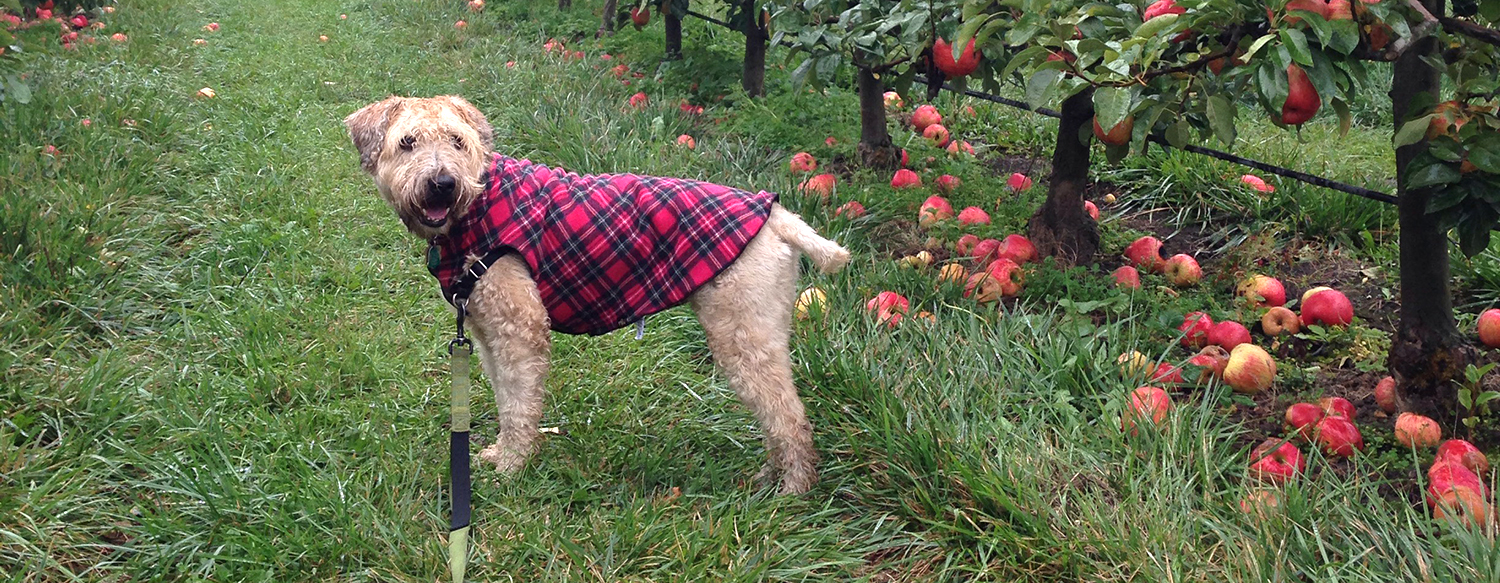
Q. What’s the difference between the ingredients used in human foods and those used in pet foods?
A. In the big business of multinational food companies, nothing is wasted. Any indigestible wastes, condemned parts, or other by-products deemed unfit for human consumption can end up in lesser quality pet food. Fortunately, there are conscientious pet food companies that go to great lengths to make pet foods containing human-quality ingredients.
Q. What kind of meats are used in mass-marketed, lesser-quality pet foods?
A. Supplies of “feed-grade” meats and poultry often come from federally inspected USDA meat packing plants, where the carcasses that fail inspection due to damage or disease are separated to be sold to ingredient commodity buyers, who then sell to a rendering plant where it is processed into a dry crumbly meal for sale to pet food companies. Ingredients such as poultry by-product meal can contain heads, feet, guts, and feathers in addition to bone and what little meat may remain after processing. Non-specific meat meal can contain any species of meat, from multiple sources such as cows, pigs, sheep, and more.
Q. What about grains in pet foods?
A. Many name-brand pet foods utilize the grain waste or by-products after the more valuable starches and oils have been extracted. Then the hulls, shells, and remnants are turned into a meal or flour. These ingredients have a lower nutritional value and are merely starchy fillers that help bind pet food kibble together.
Q. How about fats & oils in pet foods?
A. Fats are an expensive and nutritionally important part of a pet’s diet. Many manufacturers of lesser brands use “blended fats” from multiple sources that are then stabilized with powerful chemical preservatives.
Q. What are my options?
A. All of the food sold at All The Best Pet Care uses high-quality ingredients, including meats and produce fit for human consumption. Each of the pet food brands that we carry has been thoughtfully vetted by our buying team. We take time to get to know the pet food company’s principles and regularly tour manufacturing facilities to ensure that the highest level of quality, safety, innovation, and integrity is behind every product on our shelves. If we won’t feed it to our own pets, we won’t sell it on our shelves. Stop in and ask us for a recommendation for your dog or cat’s particular needs.
Analyzing the ingredients
At All The Best Pet Care, we believe in giving our pets nothing but the highest-quality foods made with wholesome, nutritious ingredients. With so many brands to choose from, it can be hard to select the very best ones to feed your pet. Our foods feature USDA meats, whole nutritious grains or starches like brown rice, barley, and potato, natural preservatives, and fruits and vegetables.
Be wary of foods that contain the following low-quality ingredients:
|
What is it? |
Why is it used? |
What’s wrong with it? |
|
|
Animal or meat by-products |
Rendered and ground carcasses and parts including heads, brains, bones, feet and intestines. |
As a cheap source of poor-quality protein in inexpensive foods. |
Not species-specific, and doesn’t contain high levels of biologically available protein from muscle meat. |
|
Animal digest |
A cooked down substance made from animal parts not including hair, teeth, horns or hooves. |
As a palatability and smell enhancer in low quality foods. |
Highly processed, not species-specific, used to make inferior pet food tastier. |
|
Artificial colors |
Dyes used to color foods including Red #40, Yellow #5 and Yellow #6. |
To replicate the color of fresh meat and other ingredients for marketing purposes. |
Dyes have been linked with mild to severe health conditions. |
|
Chemical preservatives (BHA, BHT, Ethoxyquin) |
Chemical substances used to preserve fats and oils in dry pet food. |
To preserve and stabilize dry pet foods as a less expensive alternative to natural preservatives. |
BHA and BHT are banned in many countries. All are known or suspected carcinogens. |
|
Corn and wheat |
Found in many forms as primary ingredients in low quality pet food. Acceptable in small amounts. |
As an inexpensive source of incomplete proteins to act as a “filler” in low end foods. |
Common allergens for dogs and cats, they are poorly digested and the protein is largely unavailable. |
|
Corn gluten meal |
The dried protein by-product of making corn starch or syrup. |
Used as an inexpensive and low ash source of protein. |
Provides incomplete proteins to carnivores. Can disturb immune system function. |
|
Propylene Glycol |
A sweet humectant used to keep food and treats soft and prolong shelf life. |
To ensure a long shelf life (up to five years) and make foods appear meat-like in texture. |
A cousin to antifreeze and a potential cause of digestive issues including constipation. |
|
Soy |
An inexpensive source of protein found in many low-grade foods. |
Soy is used as a meat substitute in vegetarian diets and to boost protein percentages. |
Another common allergen and an inaccessible source of protein for dogs and cats. |
|
Sugar |
It comes in many forms, including corn syrup and beet pulp sugar. |
To increase palatability and act as a humectant to preserve food. |
Can lead to diabetes and weight gain and contribute to behavioral problems like hyperactivity.
|
